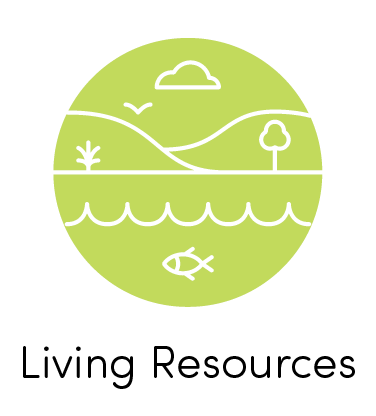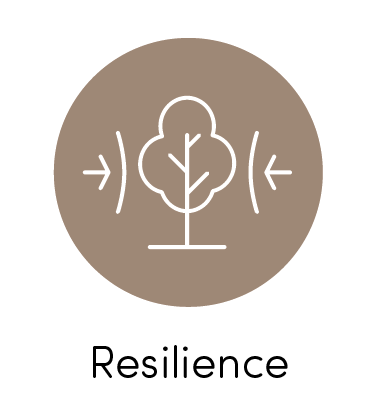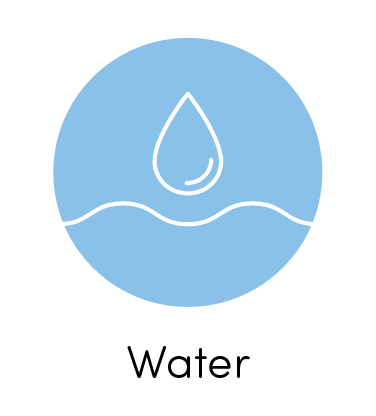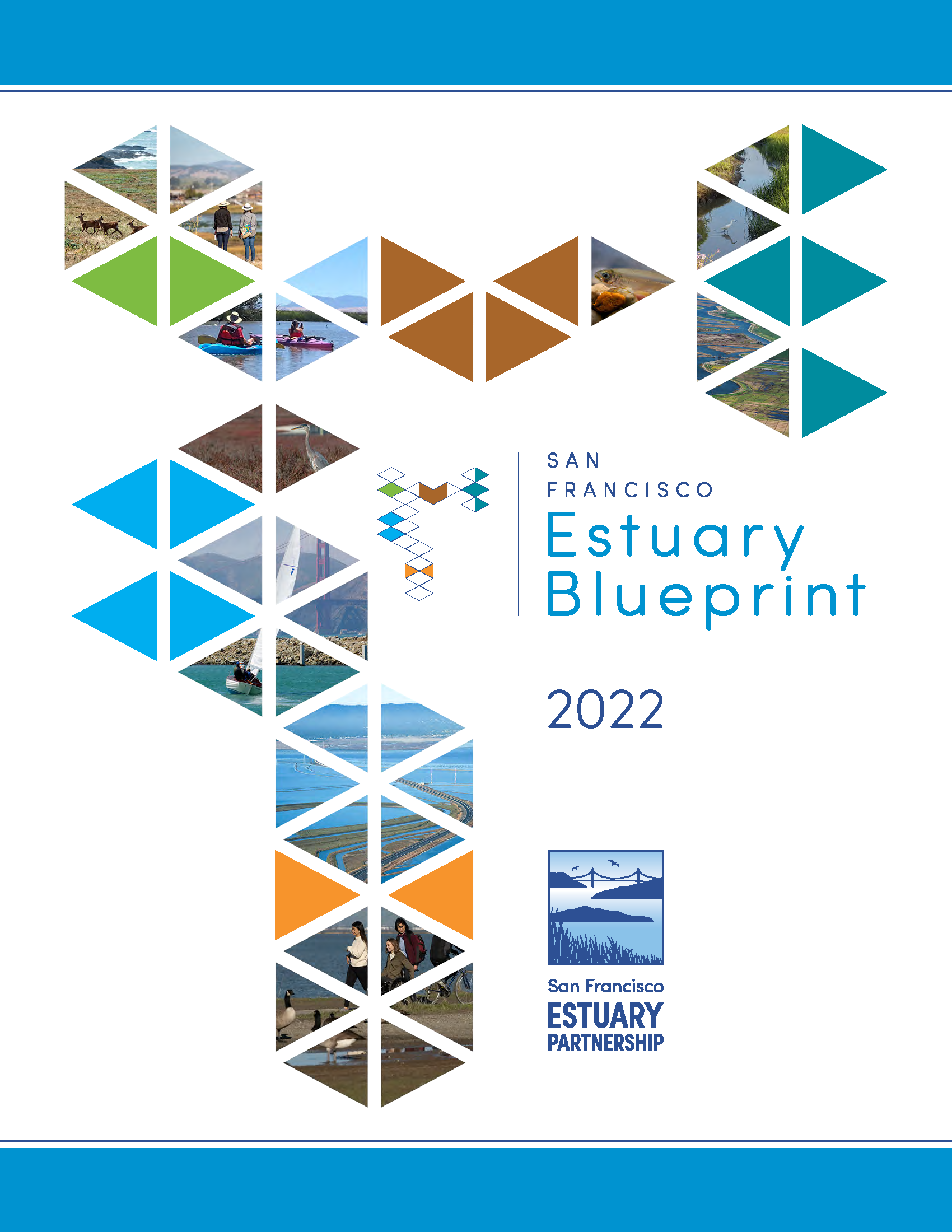Action 20: Nutrients
← Back to Estuary Blueprint Actions
Advance nutrient management in the Estuary.
Support water quality investigations, consistent monitoring and modeling, and analysis of management alternatives for nutrients, along with disseminating public-facing outreach materials on resulting data and management decisions.
Overview
Excess levels of nutrients, such as nitrogen and phosphorus, can cause problems like algae blooms and oxygen levels that are too low to support diverse native fish communities. Historically, the San Francisco Bay has not experienced the adverse effects of nutrient loading even though it is nutrient-enriched compared to other estuaries. However, widespread nutrients affect Suisun and San Pablo Bays, which highlights the need for a holistic understanding of nutrient dynamics throughout the entire Estuary. Thus, robust long-term monitoring and continuing investigations must inform nutrient management.
Task Description
Ensure the continuation of a long-term monitoring and modeling program of nutrient-related indicators in San Francisco Bay through the San Francisco Bay Regional Water Quality Control Board’s Nutrient Management Strategy and program partnerships, and in the Delta through the U.S. Geological Survey and Interagency Ecological Program.Task Lead(s)
Bay Area Clean Water Agencies, San Francisco Bay Regional Water Quality Control Board, San Francisco Estuary InstituteTask Collaborating Partner(s)
Central Valley Regional Water Quality Control Board, Interagency Ecological Program, San Francisco Bay National Estuarine Research Reserve, U.S. Geological SurveyCost Estimate Key
|
Cost Estimate
$$$$Milestone(s)
Funding for long-term monitoring and modeling program renewed at sustainable levels, and additional funding sources investigated.Task Description
Implement and iterate the Science Plan and Nutrient Assessment Framework of the San Francisco Bay Nutrient Management Strategy to establish the status and trends of nutrient indicators and quantitatively inform San Francisco Bay’s response to nutrient loading.Task Lead(s)
Bay Area Clean Water Agencies, San Francisco Bay Regional Water Quality Control Board, San Francisco Estuary InstituteTask Collaborating Partner(s)
Southern California Coastal Water Research Project, Stanford University, University of California-Berkeley, University of California-Santa Cruz, and other research partnersCost Estimate Key
|
Cost Estimate
$$$Milestone(s)
Completed round of modeling and synthesis studies and final version of the Assessment Framework developed by 2024 to inform future permits and other management actions.Task Description
Undertake studies in the Estuary related to developing and evaluating alternatives for nutrient management actions, including initial considerations of costs and environmental effects.Task Lead(s)
Bay Area Clean Water Agencies, San Francisco Bay Regional Water Quality Control Board, San Francisco Estuary InstituteTask Collaborating Partner(s)
Re-inventing the Nation’s Urban Water Infrastructure (ReNUWIt), San Francisco Estuary Partnership, Santa Clara Valley Water DistrictCost Estimate Key
|
Cost Estimate
$$Milestone(s)
Evaluation of opportunities completed to manage nutrient loading via nature-based solutions and recycled water.Task Description
Disseminate information to decision-makers and the public regarding the status and trends of nutrient-related indicators and research findings, as well as the opportunities, constraints, and costs associated with various nutrient load management strategies.Task Lead(s)
Bay Area Clean Water Agencies, San Francisco Bay Regional Water Quality Control Board, San Francisco Estuary InstituteTask Collaborating Partner(s)
None identifiedCost Estimate Key
|
Cost Estimate
$$Milestone(s)
Outreach materials related to the status and trends of crucial nutrient indicators shared via an annually updated web-based portal and public-facing syntheses of research findings shared annually.Task Description
Develop a framework for monitoring, modeling, and disseminating information on the extent, severity, and impacts of Harmful Algal Blooms (HABs) in the Delta.Task Lead(s)
Central Valley Regional Water Quality Control Board, Delta Stewardship Council, State Water Resources Control BoardTask Collaborating Partner(s)
California Department of Fish & Wildlife, Restore the Delta, San Francisco Baykeeper, U.S. Geological SurveyCost Estimate Key
|
Cost Estimate
$$Milestone(s)
HABs framework for the Delta.Task Description
Task Lead(s)
Task Collaborating Partner(s)
Cost Estimate Key
|
Cost Estimate
Milestone(s)
Task Description
Task Lead(s)
Task Collaborating Partner(s)
Cost Estimate Key
|
Cost Estimate
Milestone(s)
Task Description
Task Lead(s)
Task Collaborating Partner(s)
Cost Estimate Key
|
Cost Estimate
Milestone(s)
Updates and Emerging Issues
Since 2016, the San Francisco Bay Nutrient Management Strategy has been established as a joint fact-finding initiative. Looking forward to 2027, permits will be revised to incentivize nutrient reduction strategies before nutrients reach wastewater treatment plants. Future priorities must include increasing the funding pool across a wider range of sources, ensuring diverse engagement from communities as nutrient reduction strategies emerge, and continuing to study nutrient dynamics across the entire Estuary to identify the most appropriate set of management needs.
Climate Change Considerations
Scientists believe warming oceans are causing a cascade of changes with a nexus to nutrients. These changes include increased upwelling of nutrient-rich waters, phytoplankton production, ocean acidification, harmful algae blooms, and hypoxia. In shallower portions of the Bay, fish will become less resilient to low dissolved oxygen levels as temperatures increase. Looking to the 2027 update, a Task researching the potential for wastewater-borne nutrients to exacerbate climate change impacts may be needed. Current Tasks focus on preliminary research on the effects of nutrient loading on the Estuary.
Equity Considerations
Successful nutrient management will enable ongoing access to surface waters that support subsistence fishing and cultural uses, promote multi-benefit water quality projects to increase access to green infrastructure and open space, and increase job opportunities in the wastewater sector. To ensure this vision, regional decision-makers must engage diverse communities in more accessible and appropriate ways as shoreline resilience and nutrient management efforts emerge. Wastewater treatment upgrades and climate adaptation measures will affect historically low-income communities close to treatment facilities, and managers have increasingly recognized the need to engage communities traditionally excluded from decision-making processes.
Blueprint Goals



Connections to Other Actions
Watershed connections provide unique habitat and ecosystem services closely related to or dependent upon:
Action 1: Climate Resilience
Action 2: Equity
Action 3: Adaptation Planning
Action 4: Adaptation Implementation
Action 15: Invasive Species
Action 16: Freshwater Flows
Action 18: Recycled Water
Action 21: Emerging Contaminants
Action 22: Health Risks of Contaminants
Action 24: Public Access
